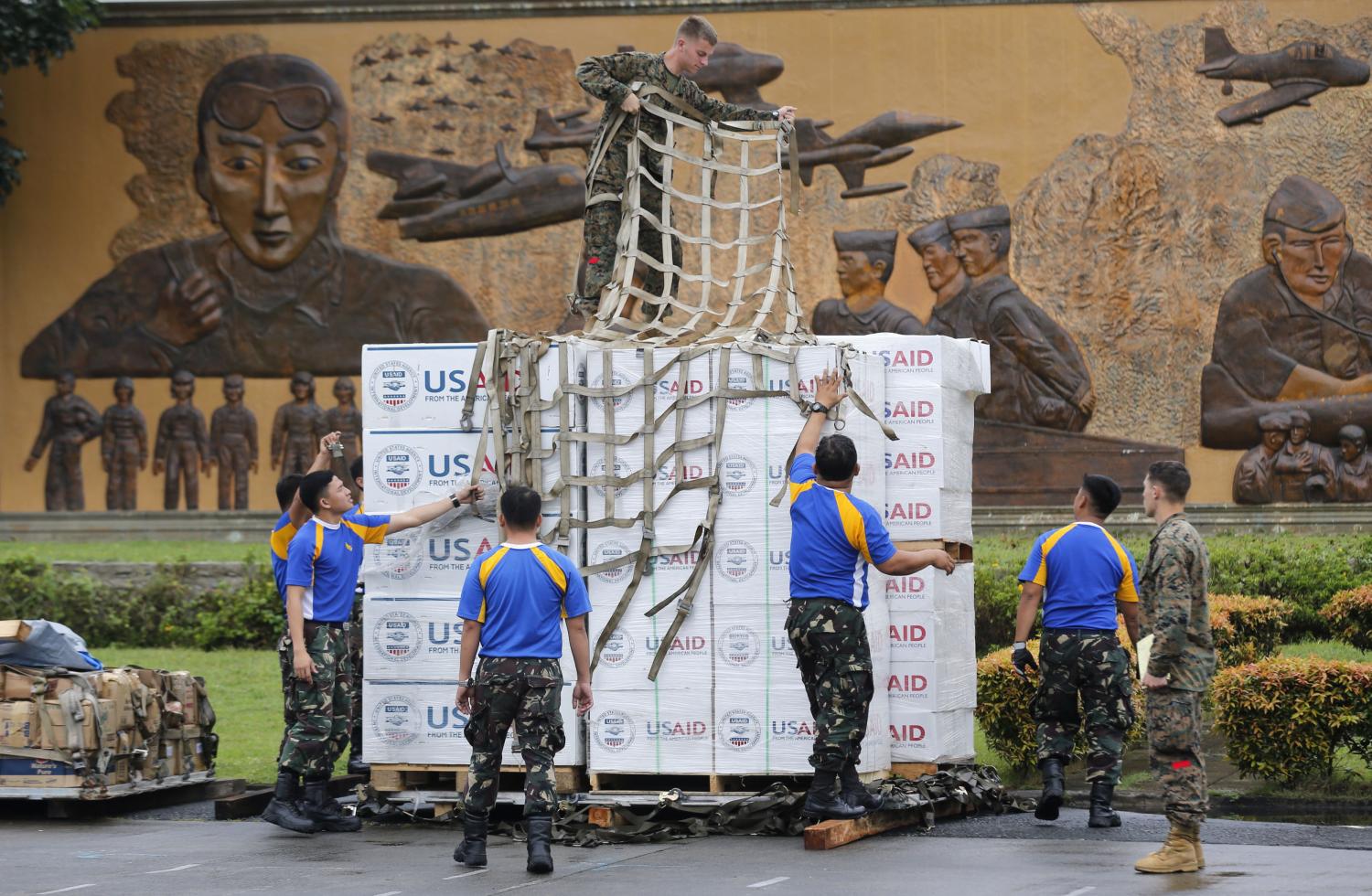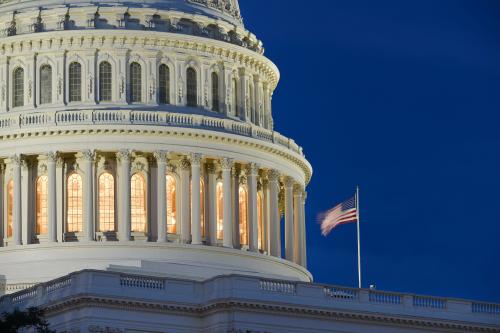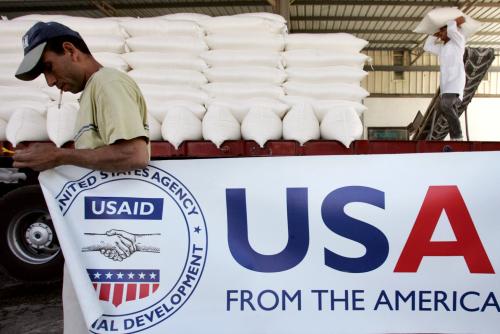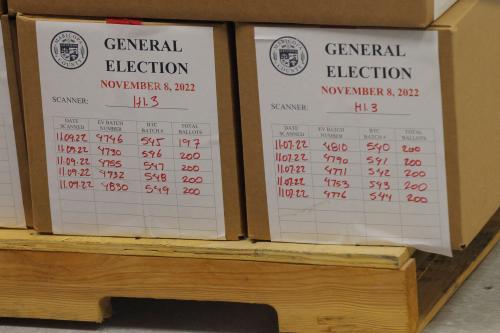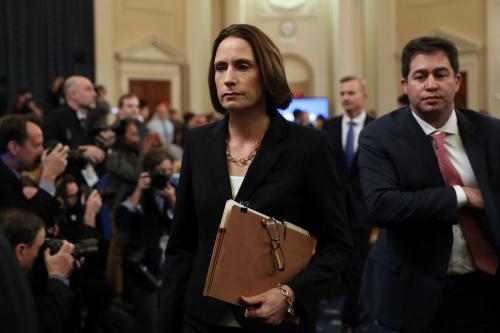The following brief is part of Brookings Big Ideas For America—an institution-wide initiative in which Brookings scholars have identified the biggest issues facing the country and provide ideas for how to address them.
 Support for the idea that private capital and the business sector are key ingredients to reducing poverty, promoting global growth, and also good for U.S. companies, has been growing since the early 2000s. Yet, the U.S., with its unparalleled private sector capacity and ingenuity, is far behind in bringing those assets to the development arena. The tools to enhance this capability exist and can be deployed with only modest additional resources. The capabilities of the main U.S. instruments of development finance – the Overseas Private Investment Corporation (OPIC), the US Trade and Development Agency (USTDA), US Agency for International Development’s Development Credit Authority (DCA) – are ripe for expansion at a reasonable cost. In addition, the private sector has demonstrated its willingness and ability to engage in the development space, if only the U.S. government will make itself a better, more open partner through a one-stop-shop and a more strategic use of public-private partnerships (PPP)s.
Support for the idea that private capital and the business sector are key ingredients to reducing poverty, promoting global growth, and also good for U.S. companies, has been growing since the early 2000s. Yet, the U.S., with its unparalleled private sector capacity and ingenuity, is far behind in bringing those assets to the development arena. The tools to enhance this capability exist and can be deployed with only modest additional resources. The capabilities of the main U.S. instruments of development finance – the Overseas Private Investment Corporation (OPIC), the US Trade and Development Agency (USTDA), US Agency for International Development’s Development Credit Authority (DCA) – are ripe for expansion at a reasonable cost. In addition, the private sector has demonstrated its willingness and ability to engage in the development space, if only the U.S. government will make itself a better, more open partner through a one-stop-shop and a more strategic use of public-private partnerships (PPP)s.
DEVELOPMENT FINANCE
Over the past two decades, private resource flows and investment in developing countries have dramatically expanded. Official development assistance (ODA), which is extended by donor governments, has lost its preeminent position to private flows (inclusive of private capital, philanthropy, and remittances), which now account for some 90 percent of financial flows, leaving ODA accounting for just 10 percent.
The more ambitious and universal SDGs are grounded more on domestic and international finance, with a big role envisioned for the private sector as a force for building inclusive economic growth.
Development finance—which joins public support with facilitate private capital flows—was not a big issue in the second half of the 20th century. International corporations were viewed with suspicion in development arenas and donor assistance was the ‘go-to’ development solution. That has significantly changed, as highlighted by the 2015 Third International Conference on Financing for Development in Addis Ababa, focused on how to fund the Sustainable Development Goals (SDGs). Efforts to finance the Millennium Development Goals (the predecessors to the SDGs) were targeted on increasing ODA to advance specific development outcomes in developing countries. The more ambitious and universal SDGs are grounded more on domestic and international finance, with a big role envisioned for the private sector as a force for building inclusive economic growth. With achievement of the SDGs estimated to require an additional annual investment of $2.5-$4.5 trillion between now and 2030 and with a further $13.5 trillion required to implement the Paris climate accord, all mechanisms available to raise financing for development must be deployed.
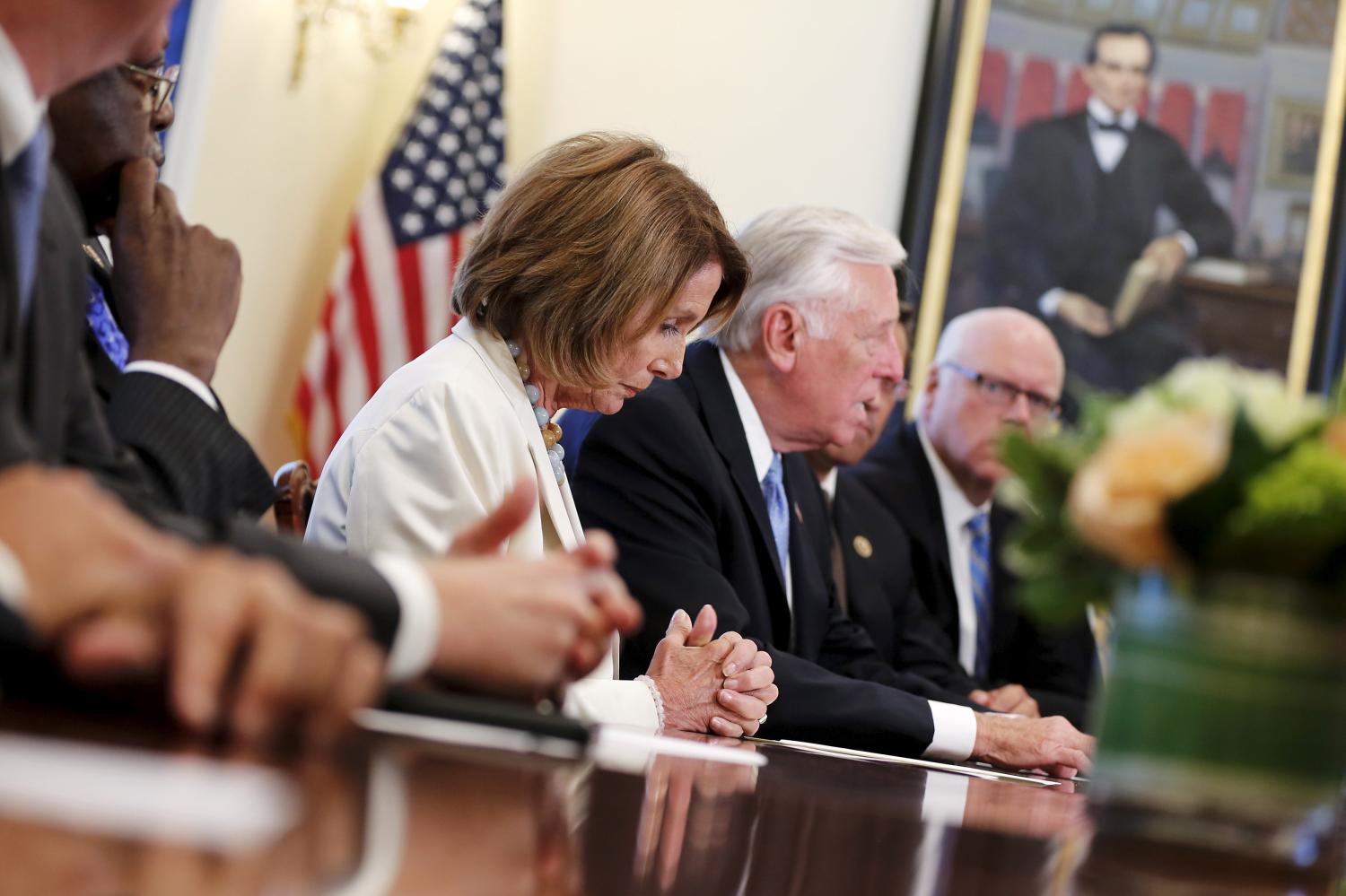
The Obama administration and Congress have realized the upsides to development finance. In a time of static or declining budgets, funding for the OPIC has increased from $52.3 million in FY 2010 to $82.8 million in FY 2016, with $88 million requested in the President’s budget for FY 2017. Funding for USAID’s DCA budget (all for operating expenses) has hovered around $8 million for the past decade and is requested at $10 million for FY 2017. USTDA funding has grown from $55 million in FY 2010 to $60 million in FY 2016 and is requested at $80.7 million for FY 2017.
Despite the recent increasing, funding for these institutions is relatively modest. They have engaged to their maximum capability and are unable to fully seize the opportunity and meet demand.
To compare OPIC with its European counterparts, in FY 2014 the 15 European development finance institutions (DFIs) had a combined portfolio of 33 billion Euros (around $33 billion) and OPIC had a portfolio of $18 billion, making the European DFI portfolio double that of OPIC, despite the EU economy being only 10 percent larger than that of the United States. The Dutch equivalent of OPIC, the Netherlands Development Finance Company (FMO), has a portfolio half that of OPIC’s, even though the GNP of the Netherlands is about 1/32nd that of the U.S. In addition, unlike European DFIs, OPIC cannot issue equity finance and cannot fund technical advisory services, meaning it cannot offer an integrated package of finance and support. The lack of equity and the ability to accept first loss keeps OPIC from participating in certain deals, as other investors block OPIC’s participation because its investment would take preference in case of loss. In addition, unlike other DFIs, OPIC can only engage if there is a U.S. nexus—an entity incorporated in the United States must be part of any OPIC-backed project, thereby limiting its support for business development in poor countries. In FY 2015, OPIC had revenues of $398 million and expenses of $87.8 million, for a net return to the U.S. Treasury of $310.2 million.
USAID uses the DCA to provide guarantees against loss to local financial institutions as an incentive for them to be more inclusive in their lending. DCA typically will guarantee up to 50 percent of a loan. DCA has partnered with over 340 institutions and since 1990 has mobilized $4.2 billion in private capital, the bulk of that in the past few years. DCA has an unusual operating budget—its annual budget pays for staff and related operating expenses, but the subsidy for the guarantees comes from the budgets of USAID country missions. The annual appropriations bill puts a ceiling on those transfers and on total annual commitments by DCA. For FY 2016 the transfer authority was capped at $40 million and the annual commitment level at $1.5 billion; those ceilings are proposed, respectively, at $60 million and $2 billion in the FY 2017 budget request.
USTDA engages in a range of activities designed to bring the capabilities of the U.S. private sector to development, including providing grants to government agencies in developing countries to support feasibility studies by U.S. firms, reverse trade missions, technical assistance, and training. An innovative program started in 2013, the Global Procurement Initiative, is designed to improve national procurement systems in other countries. The initiative helps public procurement experts from these countries set up practices and policies that improve the accountability, transparency, and results of government procurement while at the same time leveling the playing field for U.S. firms.
It is somewhat ironic that the U.S., seen by Americans and throughout the world as the bastion of free enterprise, with deep capital markets and business innovation, should have such a modest capacity in leveraging private finance for development.
Recommendations
The capacity of U.S. development finance is fragmented, outdated, and under-resourced; it can be made more robust and relevant by adopting one of two approaches—consolidation in a new entity or undertaking measures to strengthen existing DFI instruments:
- Consolidated Development Bank: Proposed by Ben Leo and Todd Moss of the Center for Global Development[1] and endorsed in the 2014 report of the President’s Global Development Council,[2] a U.S. Development Finance Corporation (USDFC) would be a new entity to consolidate and enhance existing DFI mechanisms. As proposed, this would involve joining existing U.S. development finance programs—including OPIC, USTDA, USAID’s DCA, enterprise funds, Treasury’s technical assistance program—and providing the new quasi-government corporation with additional authorities and resources (along the lines outlined in the option below). This approach has the advantage of bringing together the disparate pieces of U.S. development finance and creating a single-point-of-entry for the private sector to engage with U.S. development finance capabilities. It has several disadvantages: the disruption that typically accompanies moving bureaucratic boxes; likely opposition from various stakeholders in government agencies, on Capitol Hill, and in the private sector; and removal from USAID of DCA at a time when the private sector is increasingly seen as central to development and integral to USAID’s work.
ALTERNATIVELY
- Strengthen existing DFI programs: The second option is to strengthen existing DFI tools.
- OPIC: Provide OPIC with the authorities it lacks (equity, first loss, technical assistance) and additional resources, allowing it to recoup a larger portion of its annual revenues. Unlike traditional donor activity, which is criticized for being supply-driven, OPIC is responsive to market demand. A reasonable goal would be for OPIC over a three-year period to double its operating budget from the current level to $160 million in FY 2020 and allow it to use up to $20-$40 million of its revenues for technical assistance to accompany its finance. This would allow it to better leverage the business acumen and innovation of the U.S. private sector. In addition, the U.S. nexus link requirement should be loosened so as to make eligible for OPIC support indigenous and regional entities in low income countries.
- DCA: DCA has the potential to go to scale, and without a large budget outlay given its small staff and small subsidy that backs up the guarantees. With a modest increase in its administrative staff, and increase in the mission transfer authority and annual portfolio cap, it could test the size of demand. This could involve over three years increasing the FY 2017 request for operating expenses by 50 percent to $15 million, the transfer authority to $120 million, and the annual portfolio level to $4 billion, or better eliminating these caps.
- USTDA: Like OPIC and DCA, USTDA is not fulfilling the demand for its services. A reasonable increase would be a doubling of its budget from the proposed level for FY 2017 to $160 million by FY 2020.
USAID’s PRIVATE SECTOR ENGAGEMENT
It is widely known that USAID carries out much of its development activities through U.S. nongovernmental organizations (NGOs) and contractors. What is less well known is the extent to which it engages U.S. and indigenous business communities.[3] Since the 1960s its economic reform policies have entailed working with governments to improve the enabling environment for market economics. This was a particularly prominent thrust of its portfolio in the 1990s and early 2000s when working with the transitioning economies of the former Soviet Union and Central and Eastern Europe. During that same effort, USAID was involved in the privatization of state enterprises, support for new small and medium sized enterprises (SMEs), and the establishment of enterprise funds to bring western business practices to emerging local enterprises.
Engagement with the private sector has been a particular focus of USAID in recent years.
From 2001 to 2014, USAID engaged in some 1,600 PPPs. The 1,481 PPPs for which the agency has documentation were valued at a total of $16.5 billion, 70 percent from non-U.S. government entities. Of the more than 4,000 partners in those PPPs, over half were commercial entities.[4] USAID assigns a cadre of staff to devote about 10% of their time to facilitating the agency’s relations with key private sector partners.
Engagement with the private sector has been a particular focus of USAID in recent years. In addition to making greater use of the DCA, two of the Obama administration’s signature initiatives—Feed the Future and Power Africa—involve both the U.S. and indigenous private sector. Feed the Future reports $10 billion of commitments from more than 200 companies, and Power Africa reports $20 billion in commitments from over 100 companies.
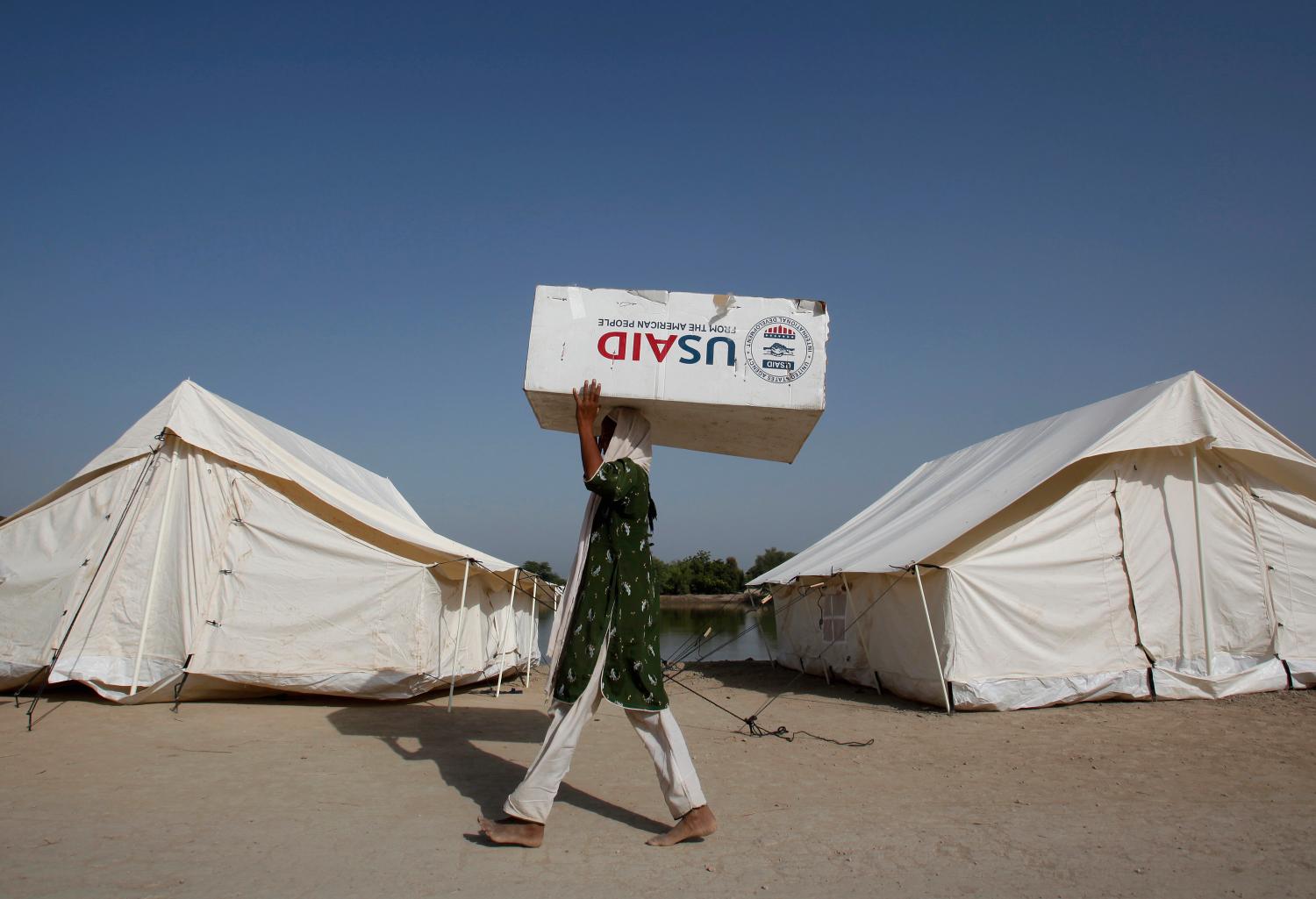
Through its Global Development Lab, USAID is deploying several instruments as part of its new approach to mining the marketplace for new development solutions. First is the BAA (Broad Agency Announcement), by which the agency posts a call for statements of interests on a particular topic; upon evaluating the statements, the agency selects specific organizations to engage in an open conversation on co-creating a solution, which is then subject to peer review, following which the agency may enter a relationship with the creators to support the project. Second is the Development Innovation Ventures (DIV), an open fund that invites unproven concepts and funds winning proposals in stages; if success is demonstrated in the initial phase, funding is made available for a second phase at a higher level of funding; if that is successful, then funding is available for a third and higher level. Third are Grand Challenges and Prizes, which are used to attract and fund solutions to specific challenges identified by the agency.
USAID recently established an Office of Private Capital and Microenterprise to better focus the agency’s engagement on the financial side of investments and markets. Its purpose is to support missions and bureaus to help them access capital markets and investment finance in support of their development objectives.
As stated earlier, the Addis Ababa Financing for Development Conference and the sheer ambition embodied in the Global Goals highlight the essential role to be played by the private sector. As private finance expands and becomes ever more significant as countries move up the income ladder, it will be incumbent on USAID to structure its development efforts and partnerships in ways that involve and build upon the capabilities of the private sector. USAID collaboration can help private entities engage more with country priorities at the service of the shared goal of promoting inclusive growth. USAID has a unique convening authority that can mobilize private companies and bring them to the table alongside development partners and NGOs. The agency can work with other country and multilateral donors to leverage the expertise, capabilities, and market know-how of the private sector.
While many in the business community find USAID a strong partner and value its engagement, private sector partners also experience frustrations that are not uncommon to those dealing with large bureaucracies—difficulty maneuvering around the bureaucratic maze to find the right office or person; lack of transparency and opaque policies and processes; a disconnect between different offices in the agency; a tendency not to approach problems strategically; rigid requirements as well as slow decision making; and a ‘grantor’ mentality.[5]
Recommendations:
- One-stop-shop: Business has long complained about having to go to multiple U.S. government agencies to find the one program that might support their interests and note the slowness in working through the bureaucratic maze to get an answer, even a “no.” Power Africa reportedly has made interagency collaboration work — it arranges for multiple agencies to meet jointly with a U.S. company so as to quickly identify which one or more agencies might support the companies’ planned projects. This experience should be built upon to create a formal one-stop-shop, both on-line and in the form of a staffed-office, for businesses looking for engagement with U.S. foreign affairs agencies. Such a function would be authorized by S.3227, Economic Growth and Development Act, introduced by Senator Johnny Isakson[6].
- Evaluation of PPPs: A thorough assessment and evaluation of PPPs and the USAID PPP model is in order. It should assess how to measure outcomes and the sustainability of results and consider adding sustainability as a filter for new PPPs. The review should also examine the value of the USAID model, including whether the 1:1 finance match requirement is beneficial or a distraction; how to maximize shared value and corporate expertise, talent, business model, supply chain, and brand; and the role and value of USAID’s dedicated private sector relationship managers and whether this should be a full time assignment.
- Strategic engagement: Using the experience of the BAA, DIV, and Grand Challenges, assess how to better engage the private sector in strategic discussions in the design phase of programs and policies.

